Finland in Upper Bucks was once a tourism hot spot for Philly’s “fancy people”.
Mary Anne gave me a sideways glance when I announced I’d be gathering up our grandchildren Dashiell and Margaux for a trip to Finland. But I promised to be back before dinner. Soon we were on the road with parents Genevieve and Michael to the extreme northwestern tip of Bucks County where a piece of Scandinavia exists. I envisioned my fiddle-playing grandfather Austin Braaten from Norway performing in the village of Finland as he used to at square dances in Tacoma, Wash. On this particular adventure, I told the kids Finland was a good place to practice umlauts. Indeed, I was eager to greet residents with “Hauska tavata!”
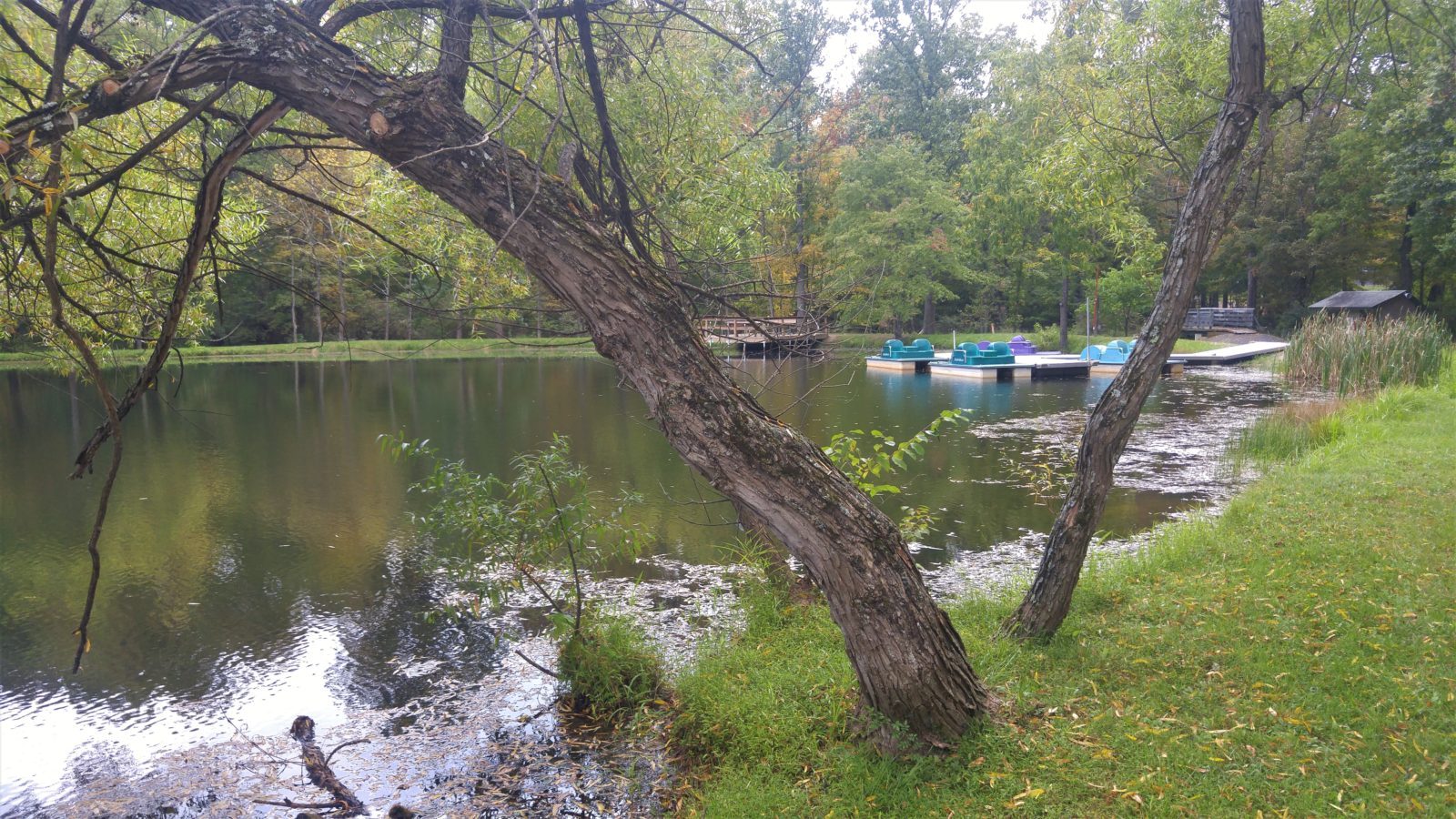
Sandy Park of the Milford Township Historical Society volunteered to be our Finnish tour guide. So off we went, heading south from Spinnerstown on twisty Canary Road into rocky hills and deep woods as Sandy described Finland’s history.
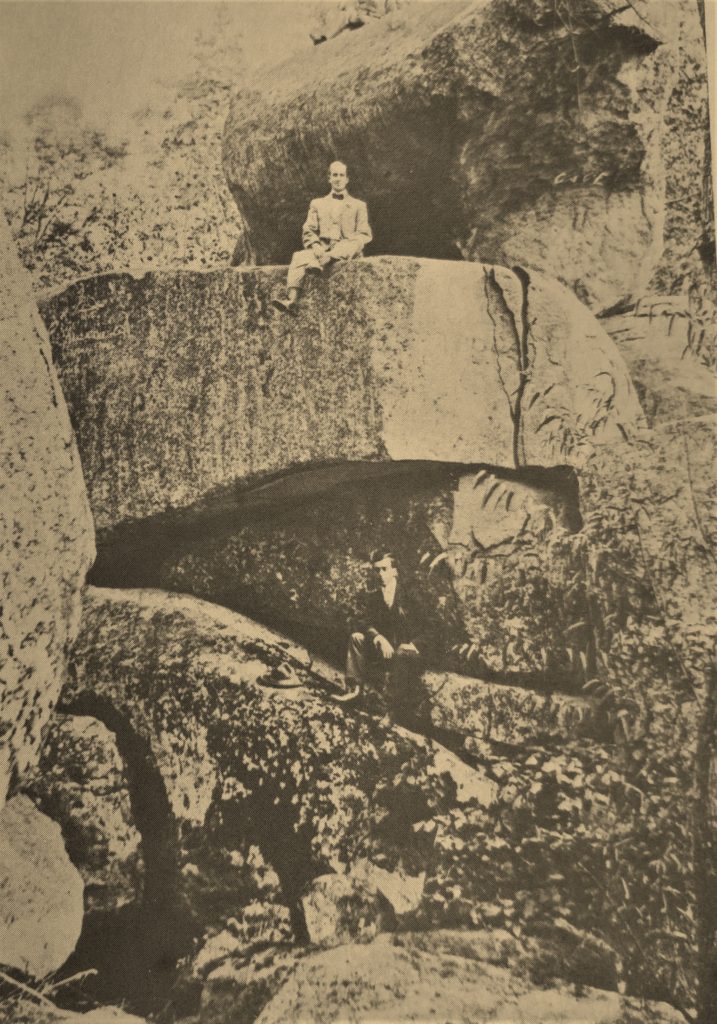
To our surprise, it wasn’t Finnish settlers who built Finland. It was German Mennonites. They called it “Fineland” for its beautiful wooded setting near Quakertown. The immigrants included skilled craftsmen who built numerous 18th century grist mills and other businesses in the Milford hamlets of Brick Tavern, Geryville, Milford Square, Mumbauersville, Hoppenville, Spinnerstown and Fineland.
The Postal Service mistakenly listed “Fineland” on the map in 1886 as “Finland”, forever changing its name. By the 1920s, it was “The Poconos of Philadelphia”, a summer resort for people fleeing the city’s industrial haze and heat. Finland offered a hotel, grist mill and general store near a bridge over Unami Creek.
Numerous campgrounds sprouted nearby. Swimming pools, ponds, paddle boats, canoes, water slides, rock climbing and hiking trails beckoned. Camp Oaks, Camp Silver Moon, Camp Cedar Hill, Homestead Family Campground, Boulder Woods and Camp Men-O-Lan lured “the fancy people” from Philadelphia. They packed Finland all summer, giving an economic jolt.
Tourists back then were apt to be on the lookout for a good stogie in the village. In just about every household, families were hand-wrapping the best cigars on the planet after the construction of the North Pennsylvania Railroad linking Philadelphia to Bethlehem in 1862. The railroad brought cured tobacco into the region while exporting fine cigars. Quakertown, Perkasie, Sellersville and every settlement in between went cigar crazy. In nearby Sellersville, Henry Somers’ company turned out 6,000 belvederes a day. Folks in Finland earned a living wrapping coronas in living rooms for The Shively Miller and Co.
It was company foreman Augustus Schuler who founded Finland’s gift to the outside world: the 19-member Schuler’s Cornet Band. The sister of tuba player Fred Pfaff was the conductor, quite a novelty for the times. The deaf symbol player watched her “like a hawk” to be on cue. Fred Pfaff eventually became one of the nation’s most accomplished tuba players. In winter the band traveled by sled on snow-clogged roads to play shindigs 10 or 20 miles from Finland.
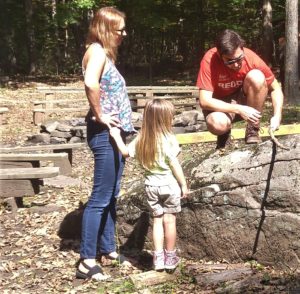
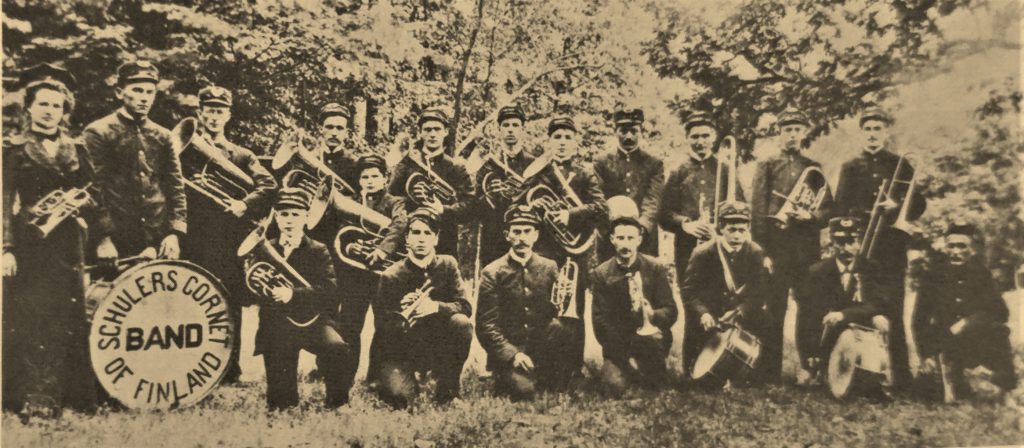
Continuing our tour with Sandy, we arrived at Camp Men-O-Lan. There families were engaged in Kubb, a vigorous peg-tossing game that originated in Sweden. Kinda Finish but no cigars to the winners. Following a path into the woods, we edged around a pond past kid-distracting paddle boats, then hiked further to a campfire pit encircled by benches and large boulders. While clutching Mom’s hand tightly, Margaux, 4, studied the movement of a large spider playing chase with her dad on one of the rocks. Later Dash, 7, led his sister along a fallen log, carefully reminding her to step on twigs leaning across the tree trunk rather that push them aside. “That way they won’t snap back and hit you, Margaux,” he advised.
Leaving Camp Men-O-Lan, Sandy led us to Finland proper. “Don’t blink or you’ll miss it,” she laughed. At a 3-way intersection, all that remains of the historic village is the Finland Inn, now closed, a mobile home and a house with a wishing well.
No one was around for us to engage in Finnish. Margaux – yelling “Baby PopPop, wait for me!” – flew up behind me as I climbed the stairs to the mobile home. I knocked. “You should knock louder,” demanded GoGo as she took over. Still no one home. We returned to the inn where we noticed three engraved words near the front door – “Heinasirkka”, “Helsinki” and “Sisu”.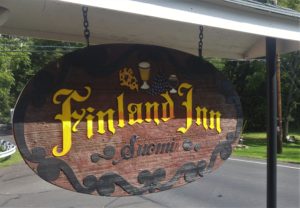
Aha! Helsinki is the capital of Finland in Scandinavia, I exulted. “Sisu” in Finnish stands for courage. As for “Heinasirkka”, it’s either the name of a Finnish singer of no renown or the brand name for a line of cowboy shirts and skirts for – drum role – square dancing. So maybe Finland was home after all to the kind of entertainment grandpa Austin would have enjoyed – a Wild West hoe down.
Sources include “Place Names in Bucks County” by George MacReynolds published in 1942; “The Villages of Bucks County: A Guidebook” published by Bucks County government; and “Wandering Through Milford Township: A Glimpse of Its Past and Present” by Dr. Roger Baldwin. The Milford Township Historical Society can be reached at 215-679-6175 or by email: [email protected]
Carl LaVO, a retired Courier Times editor and author of five hard-cover books, can be reached at [email protected] or through his website www.buckscountyadventures.org.

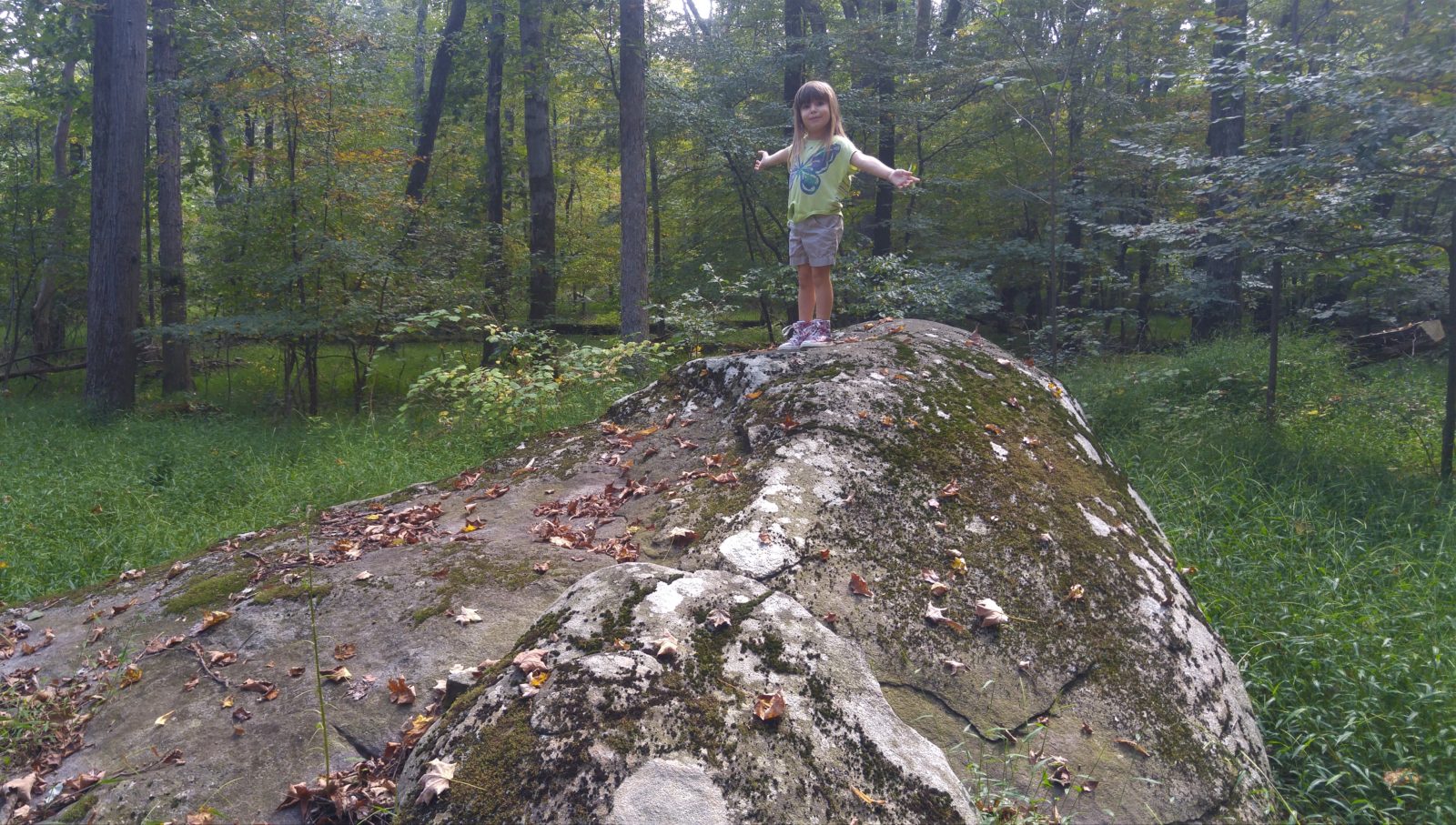
Thanks, it is very informative
Thanks to the great guide